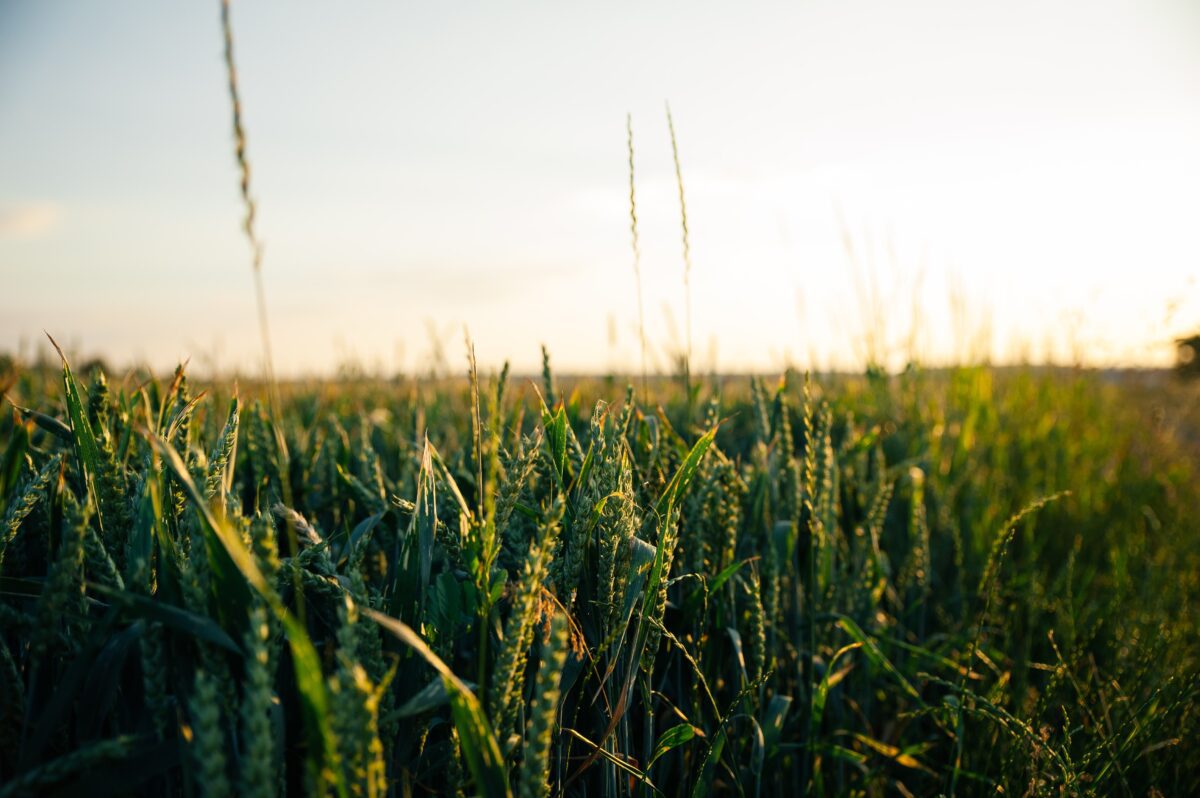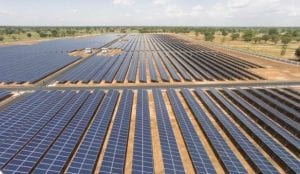A new Iowa State University (ISU) project funded by the US Department of Energy (DOE) will investigate ways to optimise land use by growing food crops amid a solar array.
Funded by a $1.8 million, four-year grant from the US government, the research will be conducted south of Ames, Iowa, where Alliant Energy plans to begin construction on a 1.34 megawatt solar farm as early as April, with horticulture research at the site expected to begin in Spring 2024.
The partnership between Alliant and Iowa State was announced in November 2021, with the energy company constructing a solar farm on land it leases from the university.
A team of ISU researchers from across departments will raise bees, plant vegetables, fruits and pollinator habitat within the 10-acre solar farm.
The emerging field of agrivoltaics – using solar sites for agricultural purposes – is hoped to increase local support for solar projects by providing more local benefits. This latest (if modest) grant shows that the US government is throwing its weight behind the idea.
“As renewable energy grows, it’s important to find opportunities for these projects to benefit people, beyond just providing renewable electricity,” says Anne Kimber, director of ISU’s Electric Power Research Center and a co-principal investigator for the DOE grant.
“There’s good work to be done on this front, and we hope this research and demonstration will help identify the potential for communities to benefit from agrivoltaics.”
The problem of growing food on a solar farm throws up unique challenges. According to ISU associated professor of horticulture Ajay Nair, the lead principal investigator on the project, the partial shade means researchers will have to establish which crops can thrive in an environment with limited light.
Ultimately, Nair says there’s a chance that as climate change bites and summers grow hotter, some fruit and vegetable crops may benefit from the cooler temperatures partial shade provides.
Another problem point will be finding the right kind of equipment that can deftly negotiate thin patches of land between panels.
“Growing these types of crops under and around a solar farm on a scalable basis is different than just growing them. We want to demonstrate that’s possible,” he said.
As well as investigating the agricultural possibilities, ISU economists will look to calculate revenue streams from the crops to determine if operations can actually turn a profit – critical if this kind of initiative is to be adopted.
“I think we all feel like there are going to be a lot of eyes on this. The people part will be just as important as the scientific research,” Kimber says.
Alliant plans to collect granular data from the solar array, comparing plot-by-plot energy production with temperature and moisture data, to see whether crops create miniscule microclimate changes that impact the panels.
“Agrivoltaics is so brand-new that there are a ton of questions to be answered,” says Ray Klein, director of the office of college partnerships for the College of Agriculture and Life Sciences.
“This grant, and the unique features of the Alliant Energy solar farm, will allow investigation of many of those questions.”
ISU was selected for the grant as part of a broader DOE initiative, which includes more than $8 million in funding spread over six projects.
Roughly 53% of Australia’s land area is used for agriculture, and the bulk of the country’s landmass is also regularly bathed in sun.
Global company Enel Green Power (EGP) began trialling agrivoltaics at its Cohuna Solar Farm, Gannawarra, Victoria in 2021. The company planted low-height plants and used the land around the panels for sheep grazing and lamb pasturing, meaning the sheep kept vegetation at bay and prevented wildlife from encroaching on the panels.
In that year, the University of Technology, Sydney, with Lendlease and Junglefy, announced the results of a study investigating a biosolar roof in Sydney – a rooftop fitted with solar panels and framed by greenery. That study found that the integrated green roof and solar PV system improved solar energy output by 3.6%, or 9.5 MWh of additional energy generation.










